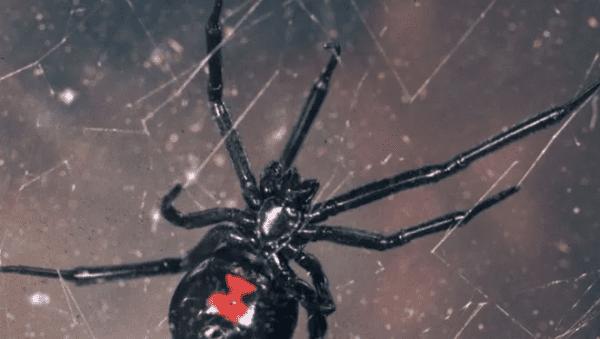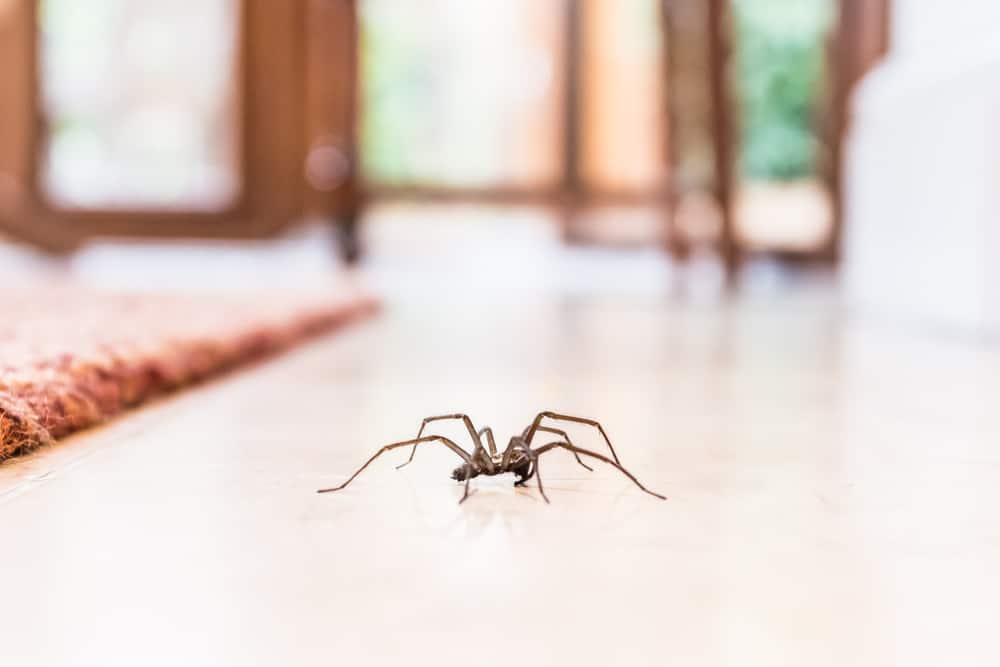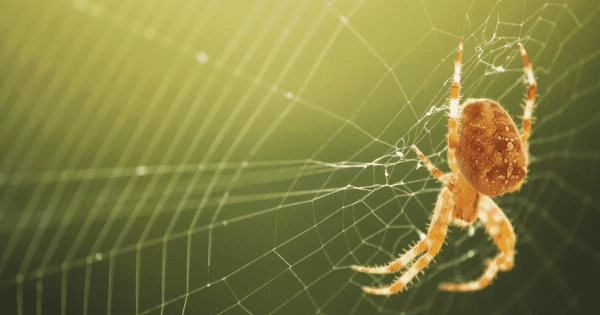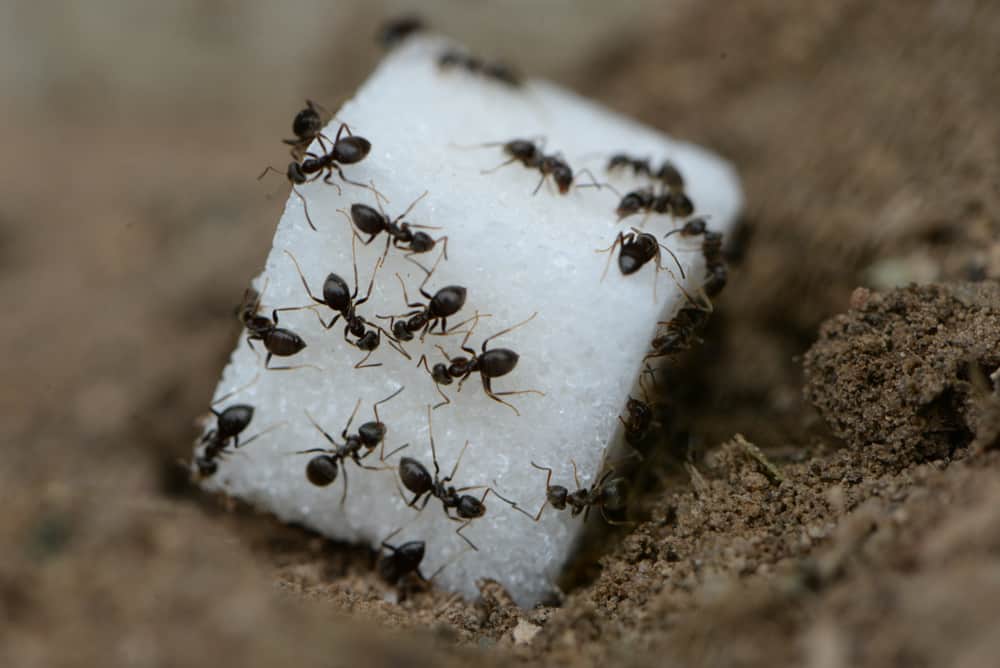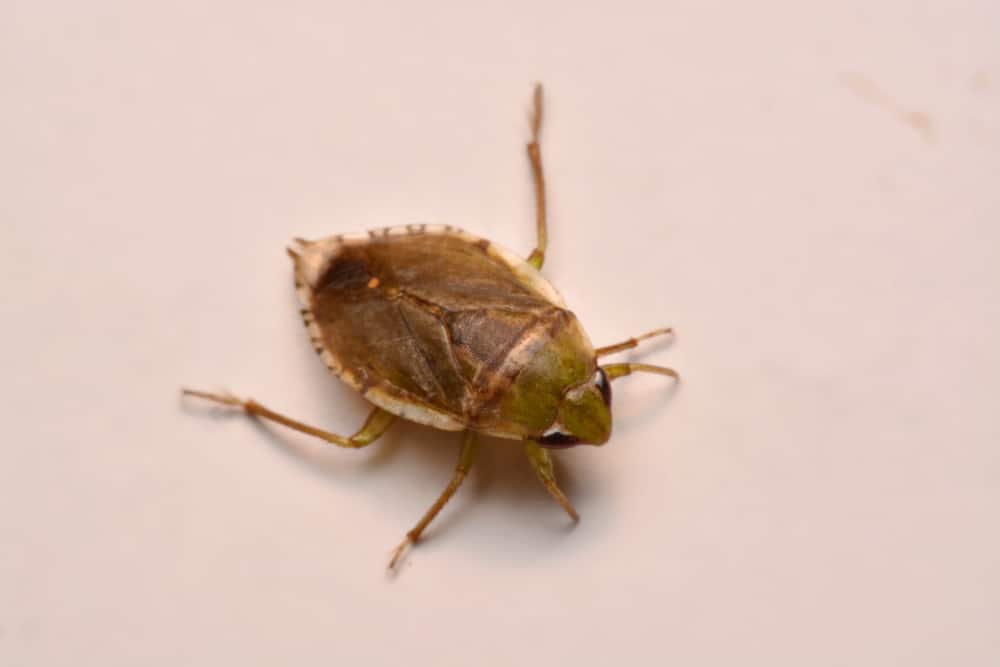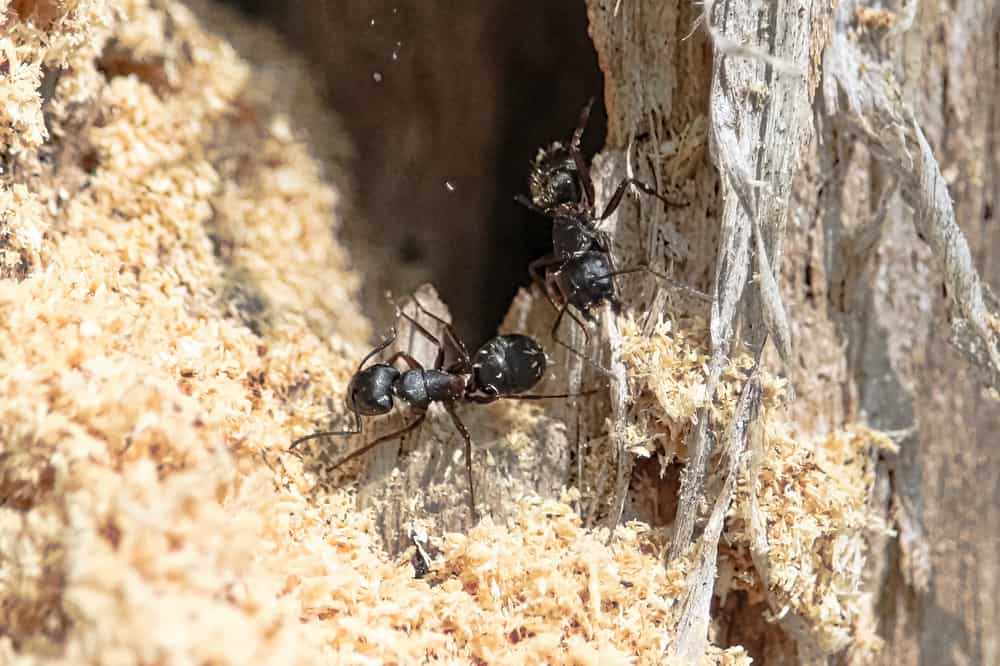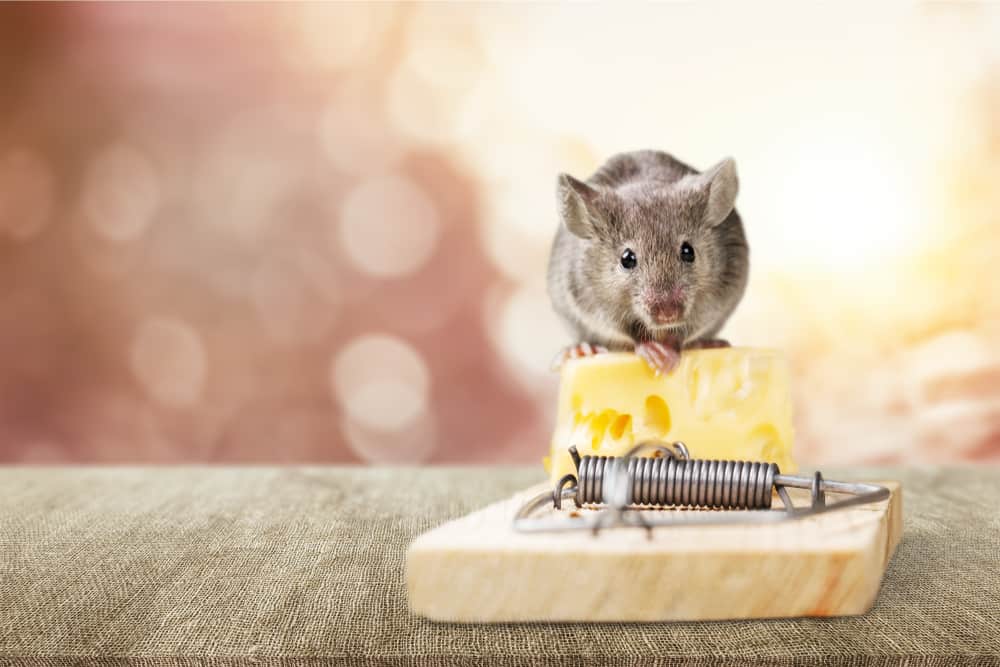How To Get Rid of Spiders
Nobody wants to deal with pests. Knowing that your home is infested can be a source of stress and anxiety.
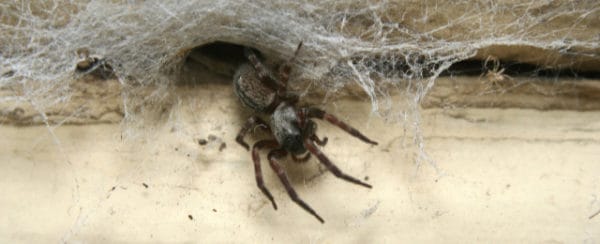
But what, exactly, attracts spiders to infest your home?
What are the steps you should take to remove them?
Here, you will learn about spider behavior, what draws them to reside in your home, and how to remove them from your residence.
What Are Spiders?
Spiders are the most prominent species of arachnids, an order of animals similar in appearance to insects. Other animals in the arachnid family include ticks, mites and scorpions.
Spiders are found on every continent except Antarctica. Because of this, they are highly adaptable and may exhibit different behaviors depending on their environment.
For example:
Most spiders build webs to catch prey.
But some, like trapdoor spiders, hunt by ambushing prey from an underground burrow.
What distinguishes spiders and other arachnids from other insects are their legs; while most insects have 6 legs, spiders have 8 legs. But spiders are the only arachnids capable of making webs, and each species makes use of their webbing differently.
The vast majority of spiders hunt insects and other arachnids. Some species, such as the Portia spider, subsist mainly on other spiders. But some species, like the tarantulas, are large enough to hunt amphibians, small reptiles, rodents, and even birds.
Spiders make shelter wherever they can find food, so if spiders are infesting your home, chances are it’s because there are other insects in the area. Spiders will enter your house through any cracks or other openings they can find, and are commonly found in places with limited human interaction.(Such as basements, attics, etc.)
In the United States, the vast majority of spiders aren’t venomous–at the very least, their venom isn’t harmful to humans.
The ones with the deadliest bites are the widow spiders, including the infamous black widow, and the recluse spiders, such as the brown recluse.
Types of Spiders
Spiders are an incredibly diverse species, with over 48,200 individual species on record.
3,000 of those are indigenous to the United States.
Each species can be further broken down based on their appearance and behaviors:
- Orb-weaver spiders: Orb-weavers are the classic “web-spinners.” They make their webs in remote places and then wait for prey to be captured.
- Trapdoor spiders: Trapdoor spiders dwell in underground burrows lined with webbing. When prey steps on the webbing, the spider detects the vibrations and springs the trap. Tarantulas and funnel-web spiders belong to this group.
- Jumping spiders: Jumping spiders make up 13% of all species on the planet. Though they are fairly slow on the ground, they can leap great distances, a valuable ability to have for hunting.
- Wolf spiders: Wolf spiders are unique in that they don’t make webs. Instead, they tend to hunt alone and pursue prey by other means.
Fun Fact: Contrary to popular belief, not all daddy longlegs are spiders. Of the 3 known species, only 1 subspecies of longlegs is part of the spider family–the other 2 are generic arachnids.
How To Get Rid of Spiders on a Balcony
Balconies are a perfect place for spiders to make their webs. They can build their webs in the gaps in the railing, or take up residence in outdoor plants decorating the area. Either way, the spider doesn’t expect any human interference out here.
Of course, most people won’t settle for any pests in their home, spiders included.
So, how do you remove spiders from a balcony? The answer is simple: keep it clean.
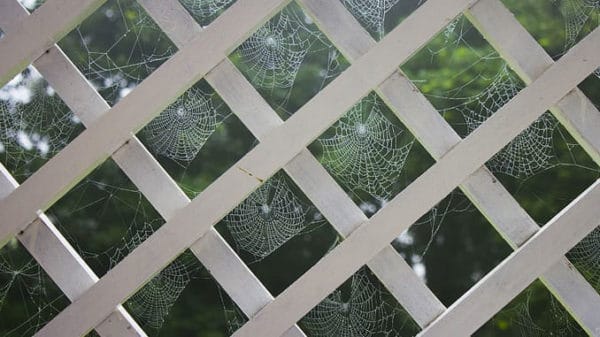
Dusting your balcony regularly can remove any clutter that’s built up. This includes spider webs and cobwebs.
Pruning outdoor plants can make it harder for spiders to hide from their prey. If a spider problem still persists, removing the plant entirely would also work.
How To Get Rid of Spiders Naturally
Like all pests, spiders are drawn to our homes by 2 things:
- Steady supply of food
- Durable Shelter
If you want to remove the spiders naturally, you need to deprive them of these things. Without food and shelter, they will either die or leave for more optimal territory.
The solution to this is still as simple as cleaning your home.

Routine dustings and removing clutter can flush out any insects hiding in your home, allowing you to dispose of them. Sealing off cracks can prevent more pests from venturing inside.
If all else fails, household pesticides can also help.
Borax, commonly used for killing ants, can also kill spiders if they’re exposed to it. Simply sprinkle it around entry points or areas where spiders might build a web, and any that come into contact with the chemical will die.
How To Get Rid of Spiders Outside
Removing spiders from inside your home is easy enough. But if the infestation is outside, that can be more challenging.
Like all animals, spiders naturally survive in the outdoors.
Out there, they can easily find places to hunt for prey or hide from larger animals that prey on them.
Though if you have a garden, spiders are helpful instead of harmful.
Spiders are considered a keystone species, which means they play an important role in the ecosystem. In this case, they hunt insects which could pose a threat to growing plants or crops.
If you’re still uncomfortable with the thought of sharing outdoor space with these arachnids, though, you can reorganize your outdoor spaces to remove spider friendly hiding places.
Important: Please be careful with outdoor pesticides. Spiders are immune to many insecticides, and you could inadvertently do damage to your yard or garden.
Home Remedies for Getting Rid of Spiders
Thus far, every tip for removing spiders from your home can be summed up as “keep everything clean and the spiders will leave.”
But what if that doesn’t work?
You could call an exterminator, but that can cost up to $300 for a single treatment.
Or…
You can try these home remedies and get rid of your spider infestation at a fraction of the cost.
Several of these exploit the spiders’ sensitive sense of smell, which is more than enough to drive them away:
- Vinegar: Vinegar spray is a highly effective, easily available pest control solution. Acetic acids give vinegar its strong scent and sour taste, which spiders are highly sensitive to. Spray it around your home, especially in areas where spiders and other pests are likely to gather.
- Peppermint: Like vinegar, spiders are highly sensitive to the scent of peppermint. Since they “smell” with their legs, walking through peppermint will mess up their senses. Peppermint spray or mint leaves around your home will deter any spiders from coming inside.
- Diatomaceous earth: Diatomaceous earth is a substance similar to the sediment found in riverbeds and lake beds. When spiders and other insects walk over it, the sediment gets stuck in their exoskeleton. The spider will eventually die as the shards of earth absorb vital fats and oils from the exoskeleton.
- Citrus: Citrus fruits like oranges and lemons contain acetic acids, which negatively affects a spider’s smell. Leaving citrus peels around your home is a good deterrent; for maximum efficiency, replace the peels every 24 hours so the scent remains potent.
Interesting Facts
While many people find spiders creepy, they are a rather fascinating species. Here are a few facts about spiders you might not have been aware of.
- In the fossil record, the earliest known spiders first evolved over 300 million years ago. For comparison, the earliest species of dinosaurs only appeared 230 million years ago.
- Spiders have played a role in many legends and folktales across human civilization. The most famous depictions of spiders in culture are Anansi, an African god of wisdom and trickery, and Arachne, a Greek woman who was transformed into the world’s first spider.
- In order to mate, most male spiders try to impress the females with a sort of “mating dance.” If the female is receptive, mating begins–otherwise, the male might be eaten.
- Most spiders are either omnivorous or full-fledged predators, but there is 1 species that is completely herbivorous. Bagheera kiplingi is a subspecies of jumping spider which gains nutrition from leaves and nectar, making it the only spider to eat a plant-based diet.
- Depending on the species, spiders can lay up to 1000 eggs at a time. To protect the eggs, the mother will create an egg sac out of silk and will attach it to a secure location: some species even carry the egg sac with them.
